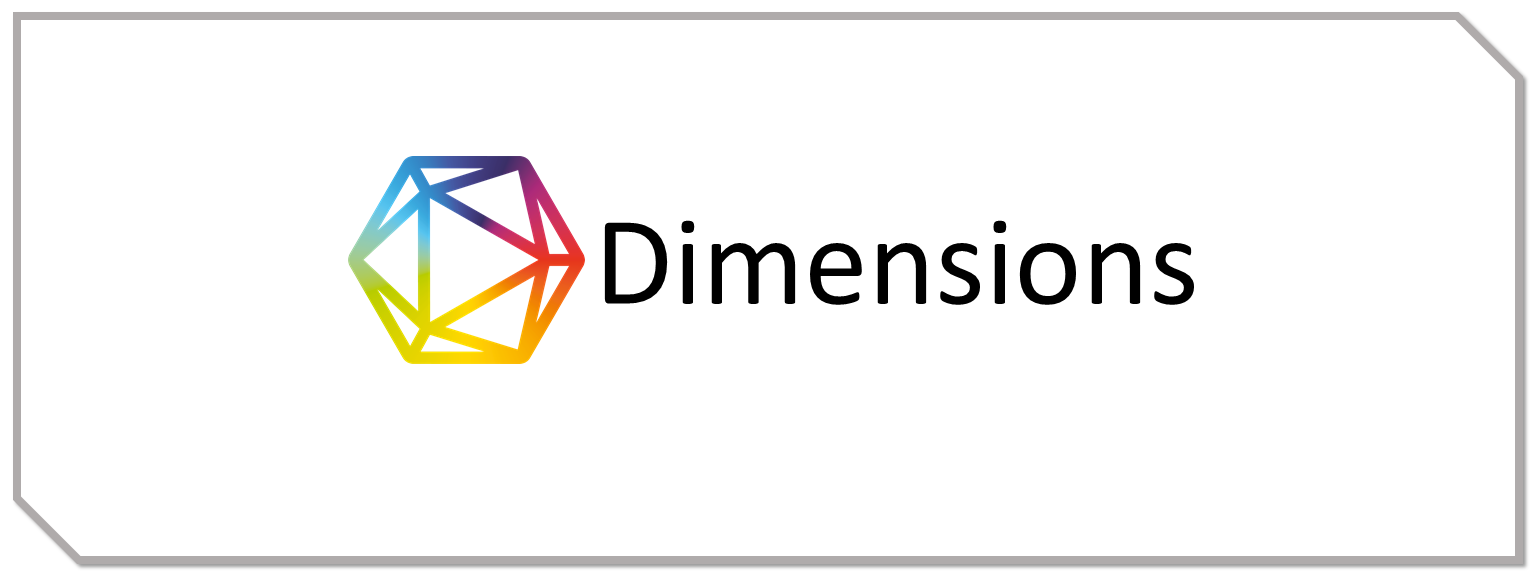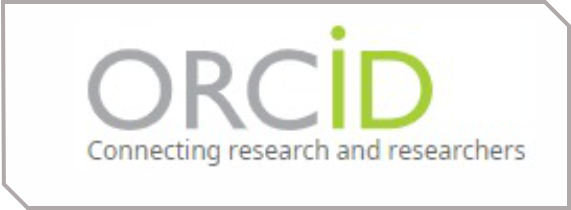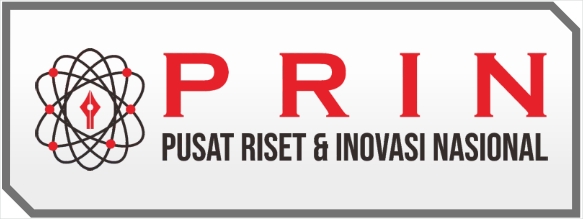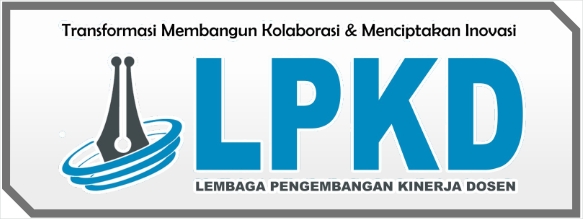Enhancing Astronomical Literacy In Maritime Navigation: Impact Of Social Media and Citizen Science
DOI:
https://doi.org/10.55606/jurribah.v3i1.2797Keywords:
Social media, Citizen science, Astronomical literacy, Maritime navigation, Cultural competenceAbstract
This study investigates the influence of social media and citizen science initiatives on astronomical literacy and its application in maritime navigation among transportation cadets. Through qualitative research methods, including interviews and observational studies, the perceptions and practices of 40 cadets at a transportation institute in Jakarta were explored. The findings reveal that social media platforms play a significant role in enhancing navigational knowledge and skills among cadets, providing access to diverse educational resources and fostering engagement with astronomical content. Similarly, participation in citizen science projects positively impacts astronomical literacy, offering hands-on learning experiences that reinforce theoretical knowledge. Moreover, the research highlights the importance of promoting cultural competence in maritime education to prepare cadets for navigating in multicultural environments. By aligning educational curricula with international standards and embracing emerging technologies, educational institutions can better equip transportation cadets with the necessary skills and knowledge to succeed in the globalised maritime industry.
References
Basdekidou, C. (2022). Bird Migration with Visual Avian Navigation & Nest Nidification: The Spatial Linear Geometries Georeferencing Functionality. Ophthalmology Research: An International Journal, 17(4), 30–50.
Bruton, M. J. (2021). Introduction to transportation planning. Routledge.
Chakroborty, P., & Das, A. (2017). Principles of transportation engineering. PHI Learning Pvt. Ltd.
Chilisa, B. (2019). Indigenous research methodologies. Sage publications.
Cicek, K., Akyuz, E., & Celik, M. (2019). Future skills requirements analysis in maritime industry. Procedia Computer Science, 158, 270–274.
Domingues, F. C. (2013). 907 Maritime History and Maritime Archaeology. In B. Ford, D. L. Hamilton, & A. Catsambis (Eds.), The Oxford Handbook of Maritime Archaeology (p. 0). Oxford University Press. https://doi.org/10.1093/oxfordhb/9780199336005.013.0039
Eckenhoff, K., Geneva, P., & Huang, G. (2020). High-accuracy preintegration for visual-inertial navigation. Algorithmic Foundations of Robotics XII: Proceedings of the Twelfth Workshop on the Algorithmic Foundations of Robotics, 48–63.
Gavalas, D., Syriopoulos, T., & Roumpis, E. (2022). Digital adoption and efficiency in the maritime industry. Journal of Shipping and Trade, 7(1), 11.
Gupta, S., Davidson, J., Levine, S., Sukthankar, R., & Malik, J. (2017). Cognitive mapping and planning for visual navigation. Proceedings of the IEEE Conference on Computer Vision and Pattern Recognition, 2616–2625.
Harrison, J. (2009). International Maritime Organization. Int’l J. Marine & Coastal L., 24, 727.
House, D., & Saeed, F. (2016). The seamanship examiner: for STCW certification examinations. Taylor & Francis.
Huang, G. (2019). Visual-inertial navigation: A concise review. 2019 International Conference on Robotics and Automation (ICRA), 9572–9582.
Katz, J. (2015). A theory of qualitative methodology: The social system of analytic fieldwork. Méthod (e) s: African Review of Social Sciences Methodology, 1(1–2), 131–146.
Knies, J. M. (2019). A qualitative study of college cadet women’s leadership identity development in a military training environment. Virginia Tech.
Mandaraka-Sheppard, A. (2014). Modern maritime law and risk management. CRC Press.
Markopoulos, E., Lauronen, J., Luimula, M., Lehto, P., & Laukkanen, S. (2019). Maritime safety education with VR technology (MarSEVR). 2019 10th IEEE International Conference on Cognitive Infocommunications (CogInfoCom), 283–288.
Merriam, S. B., & Grenier, R. S. (2019). Qualitative research in practice: Examples for discussion and analysis. John Wiley & Sons.
Nikolić, N., Haga, J. M., Tülsner, J., Årland, P. O., Horneland, A. M., Kavanagh, B., Seidenstucker, K., Briggs, S., Lund-Kordahl, I., & Pernilla, C. S. (2023). Medical training of seafarers: International Maritime Health Foundation (IMHF) Expert Panel Consensus Statement. International Maritime Health, 74(1), 15–23.
Padgett, D. K. (2016). Qualitative methods in social work research (Vol. 36). Sage publications.
Plaza-Hernández, M., Gil-González, A. B., Rodríguez-González, S., Prieto-Tejedor, J., & Corchado-Rodríguez, J. M. (2021). Integration of IoT technologies in the maritime industry. Distributed Computing and Artificial Intelligence, Special Sessions, 17th International Conference, 107–115.
Widyalankara, R. C. (2017). Maritime English at CINEC: A Needs Analysis. CINEC Academic Journal, 2.
Young, C. (1995). Comprehensive Revision of the STCW convention: an overview. J. Mar. L. & Com., 26, 1.
Downloads
Published
How to Cite
Issue
Section
License
Copyright (c) 2024 Jurnal Riset Rumpun Ilmu Bahasa

This work is licensed under a Creative Commons Attribution-ShareAlike 4.0 International License.

















